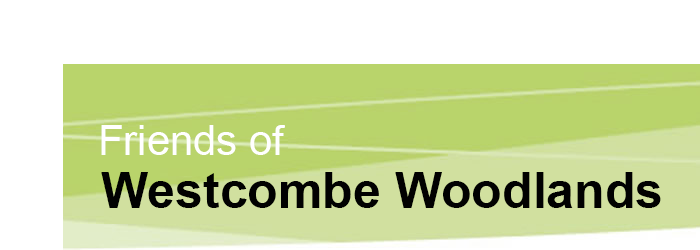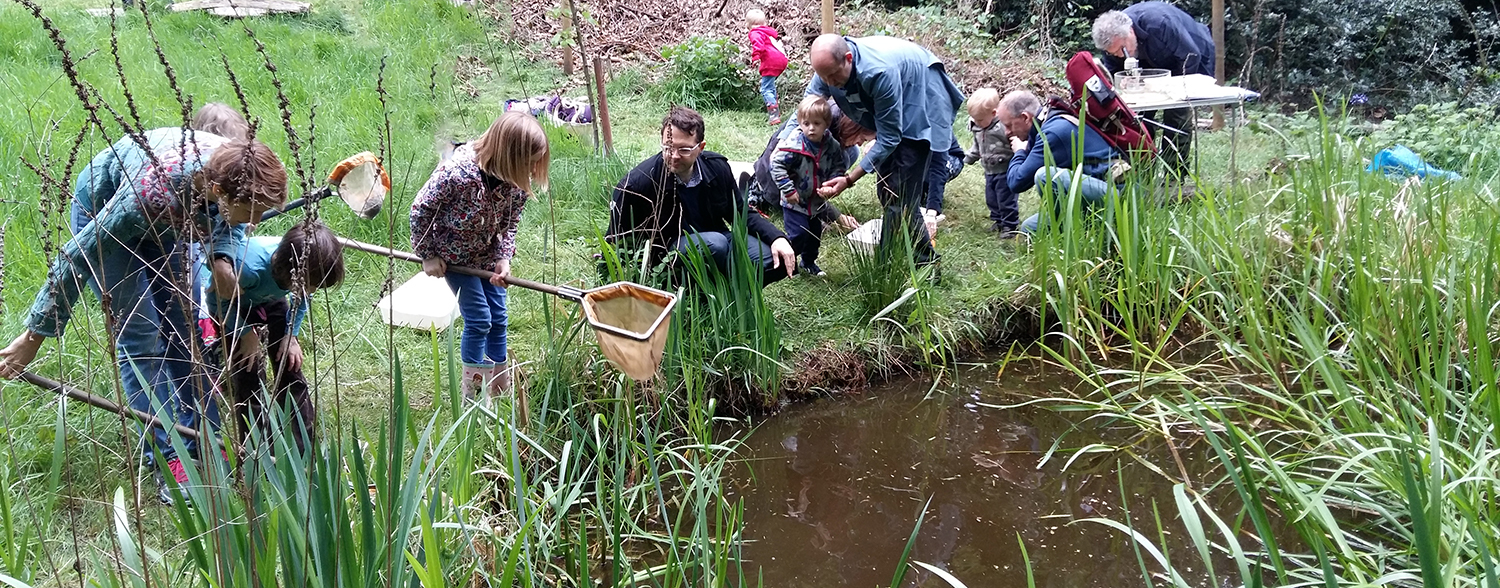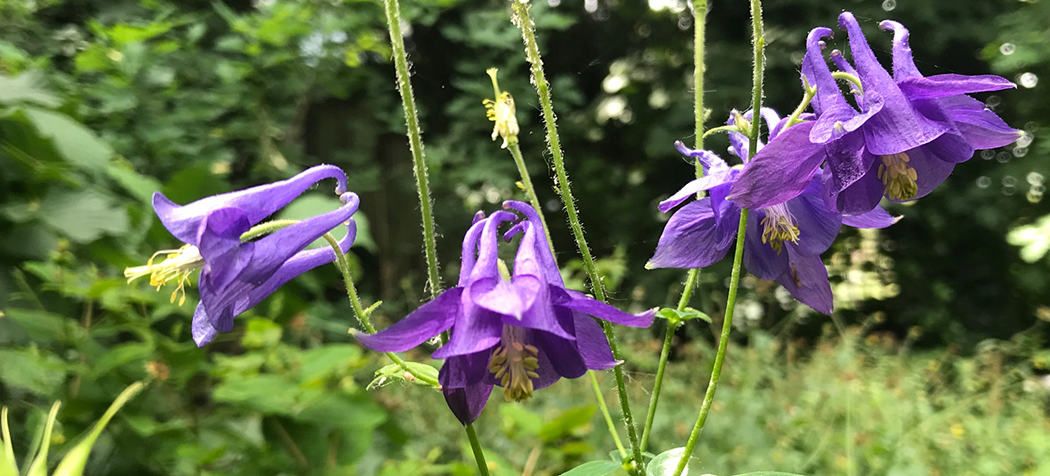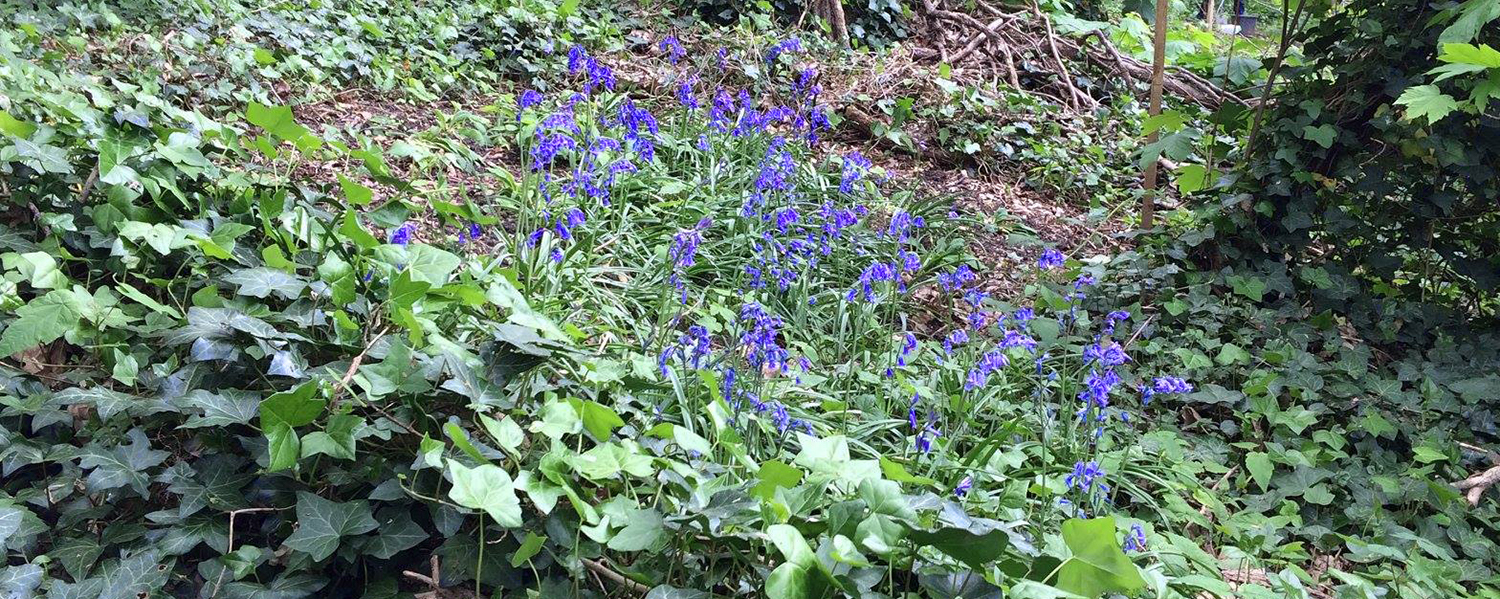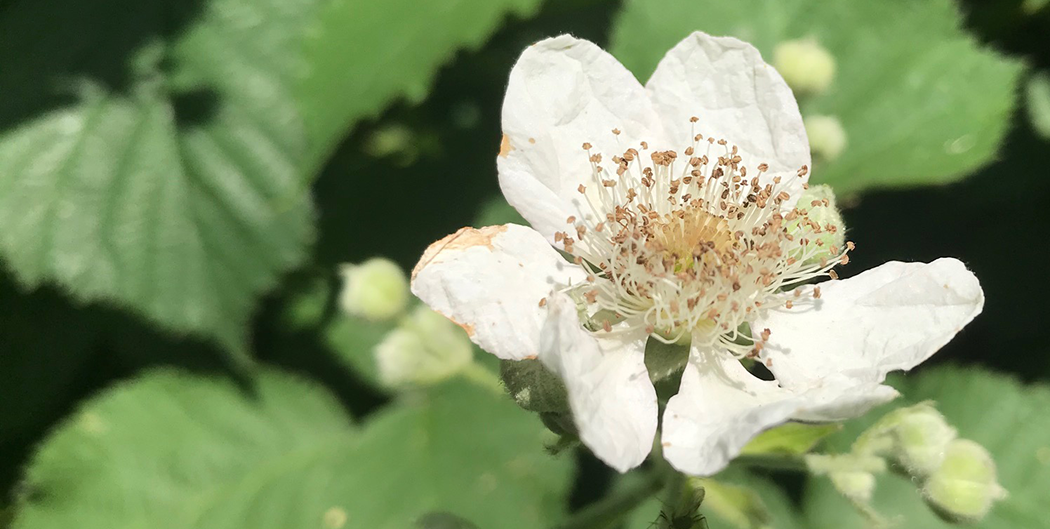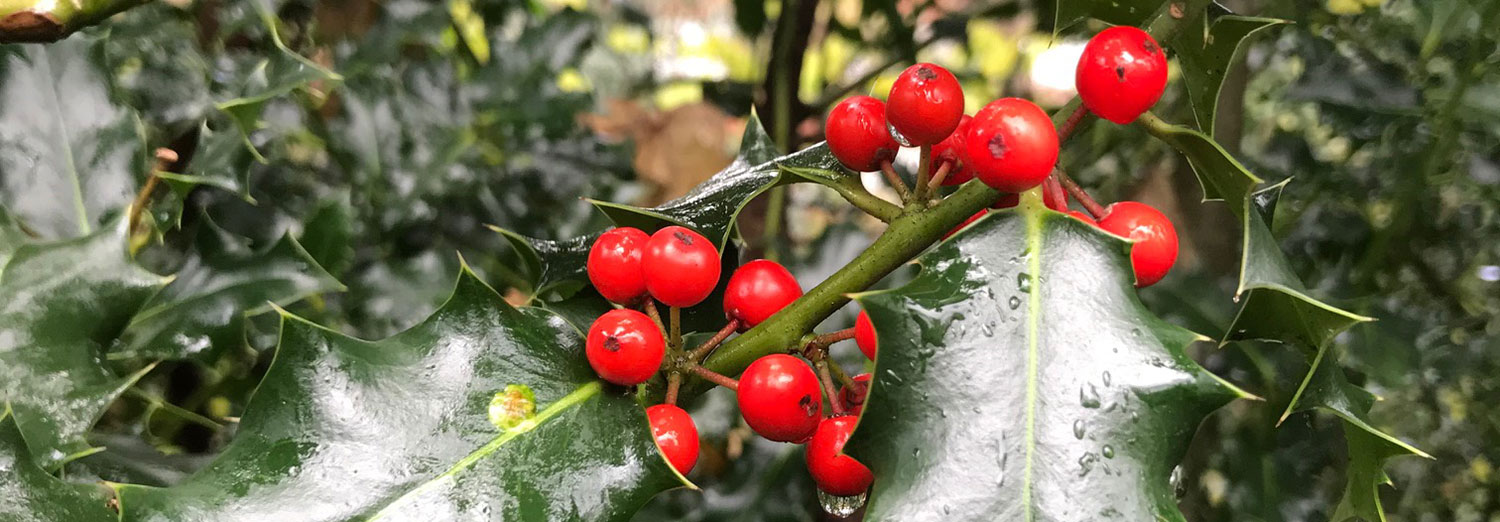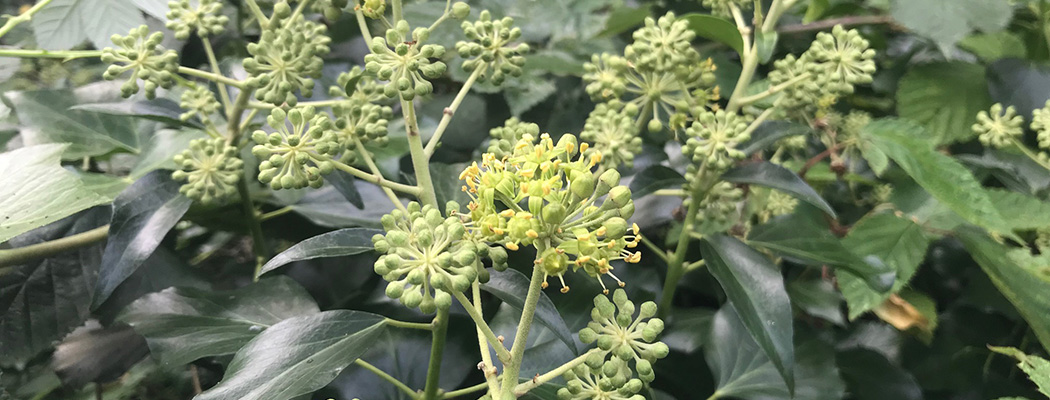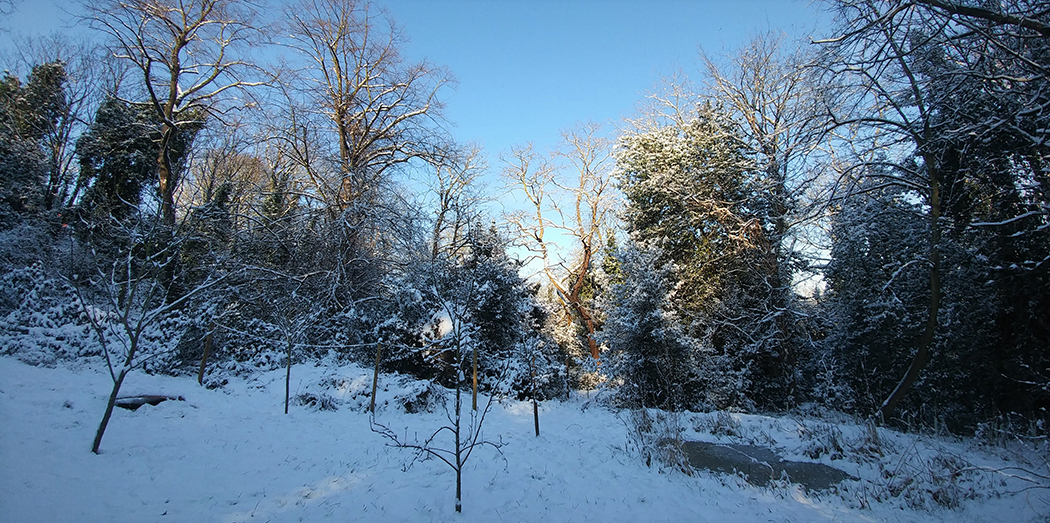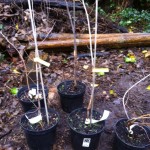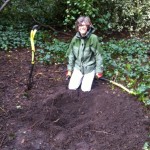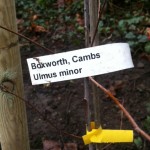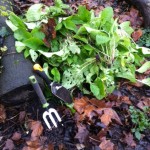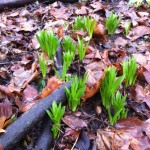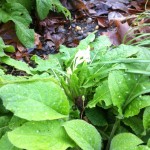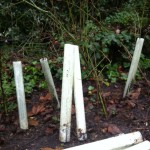Last Saturday saw our first volunteer session of the new year. In addition to our usual plan of general weeding and making sure all is well inside the woodland, the main aim today was to plant 5 elm saplings which were supplied to us from The Conservation Foundation (www.conservationfoundation.co.uk) who have supplied us with 5 elm saplings as part of a project to see why some elms survived Dutch Elms Disease and to see if saplings which show disease resistance can be successfully grown.
The photos below show the saplings in their pots before they were planted and 2 volunteers getting ready to plant the saplings. The label shows the variety of the elm and the location from where it came from. Over the months we hope to provide updates of these saplings with their health.
However, in addition to the planting of the donated elms, there was still our usual activities to undertake. One of our concerns is in The Glade area, where the large leaves from the sycamore trees rest on the grass and if not removed could block out light and weaken or kill the grass. One of the below photos show volunteers raking these leaves off the grass area. Another problem is the highly invasive plant called Borage (Borago officinalis) whose seeds enjoy the freshly disturbed earth. These plants grow fast and smother the existing woodland plants and those that we’ve planted. The photo below shows a pile of such plants takes from just several square feet. Removing these will allow, as can be seen below, other woodland plants to thrive.
It was seen that primroses we planted in late 2014 are already in flower, a harbinger of warmer and longer days. Finally in The Glade area we started to remove some plastic tubes which have protected our hedge plants from damage. Now the tubes have been removed from several plants, this will allow them to fully develop.
